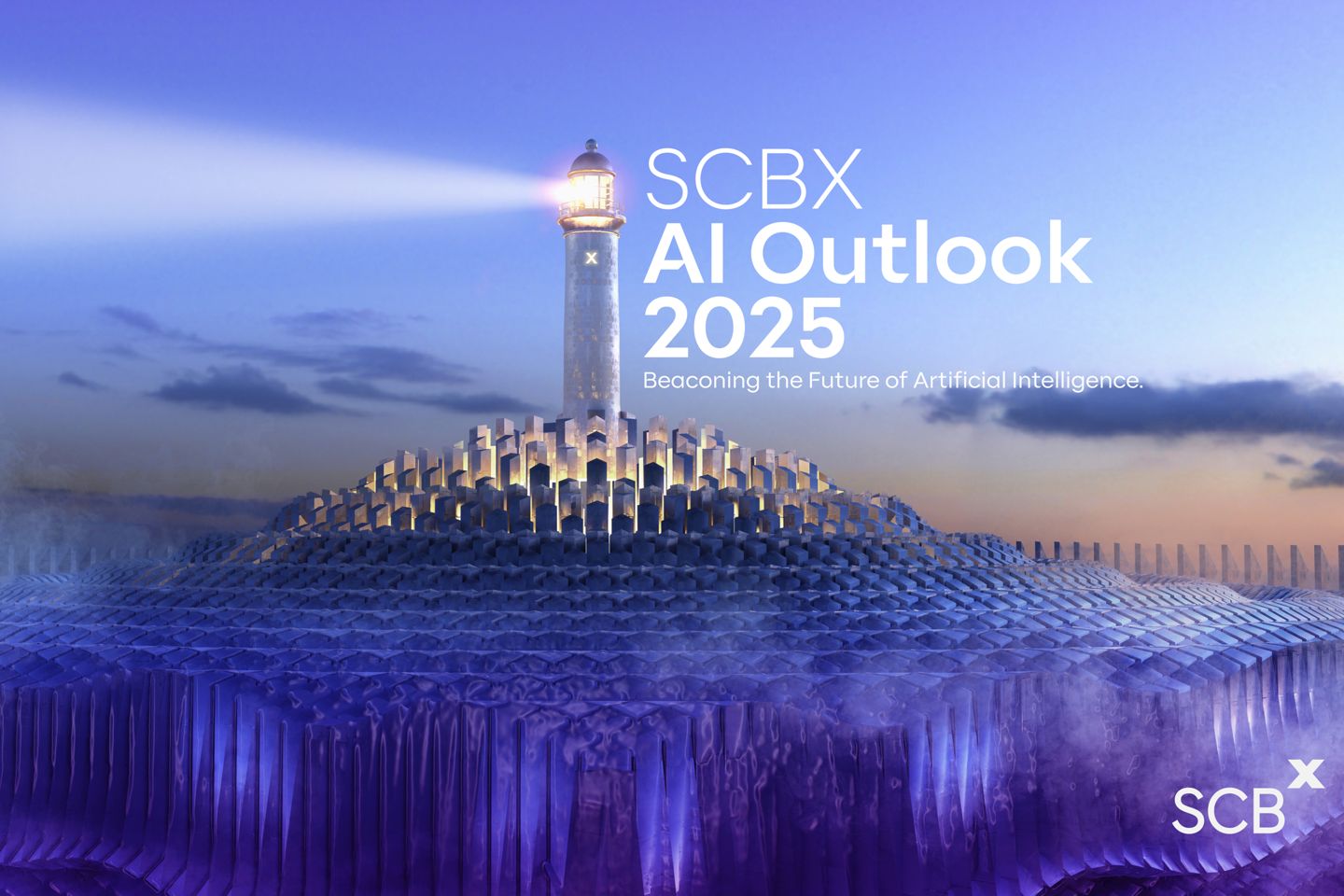In the intricate dance of life, external factors like tools, stories, brands, and personal connections shape our thoughts and interactions. These evolving dynamics are driving societal transformation as people engage in self-discovery. Within this introspective journey, new layers of intelligence emerge in digital interactions, and the once-harmonious relationship between people, technology, and business reveals tensions.
Accenture’s Life Trends 2024 report illuminates the factors reshaping how individuals engage with the world. These trends offer profound insights into the evolving intersection of personal identity, technology, and business in the coming year and beyond.
At a recent SCBX Next Tech event, Accenture Song’s Managing Director and Digital Products Lead, Asia Pacific, Tong Yu, spearheaded the report’s revelation, unveiling insights that promise to reshape our digital landscape.
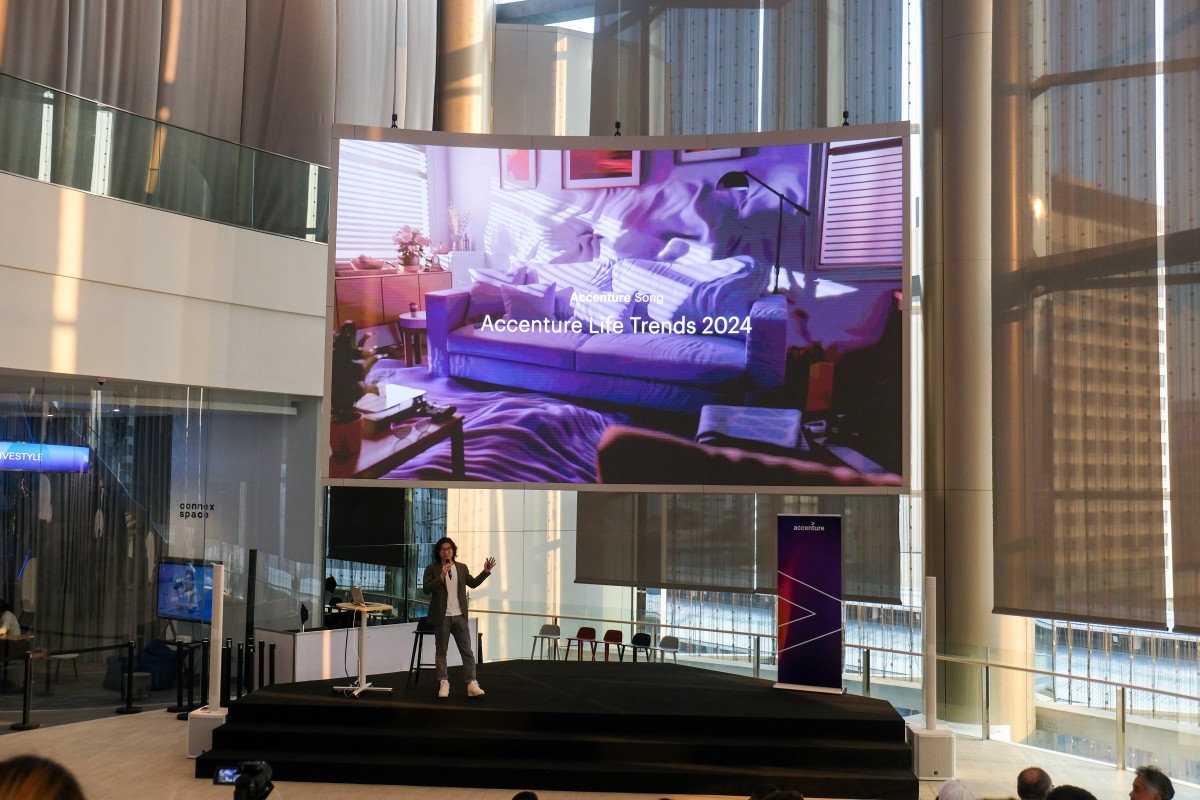
1. Where’s the love?
In the initial trend, “Where’s the love?” economic challenges prompt businesses to compromise on customer experience, leading to a perceptible decline in customer satisfaction and loyalty. Price hikes, quality cuts, and subpar service are triggering customer dissatisfaction. Practices like “shrinkflation” and “skimpflation” add to consumer frustration, eroding brand trust.
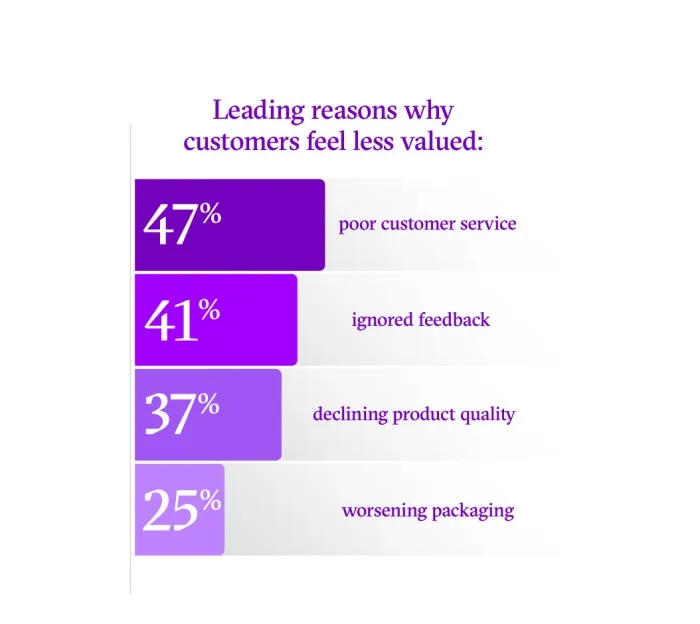
Purpose-led initiatives are viewed skeptically, risking alienation of the customer base. The disconnect between brand survival moves and customer perception creates resentment, threatening long-term brand viability.
Businesses are urged to explore the untapped potential of Generative AI, which promises a long-term solution for maintaining and enhancing meaningful customer experiences. It opens the door to innovative possibilities, redefining customer interactions and relationships.
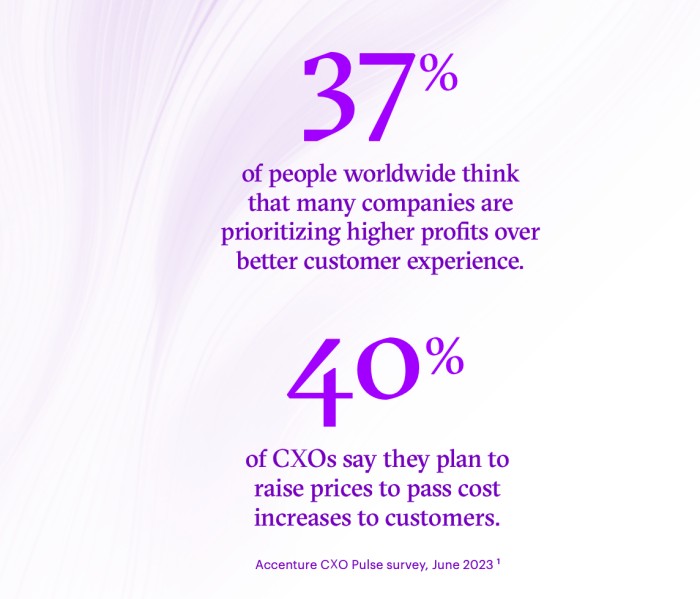
Simultaneously, assessing your brand’s “elasticity of forgiveness” is paramount. Understanding the extent to which customers are willing to forgive negative experiences lays the foundation for responsive strategies that mitigate potential fallout. Lastly, connecting sentiment feedback to responsive systems is a practical step toward staying attuned to customer needs.
2. The great interface shift
The second trend, “The great interface shift,” underscores the transformative impact of generative AI on digital interactions, rendering them more personalized and elevating overall user experiences.
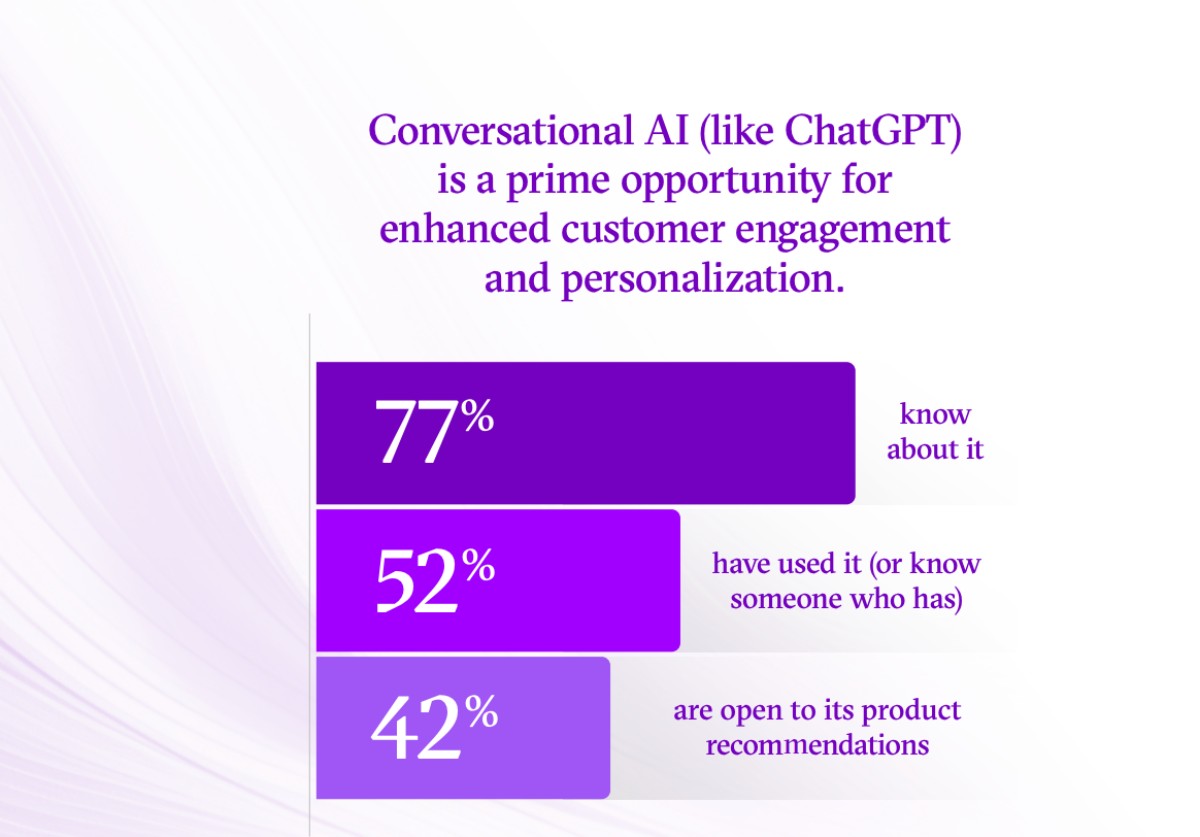
Generative AI is ushering in a revolutionary shift from transactional to personal internet experiences. This transformative technology, led by large language models like ChatGPT, is creating engaging, nuanced, and personalized conversations. Beyond mere chat, Generative AI boasts capabilities such as autonomous agents, translation, and emotional intelligence, breaking language barriers and fostering collaboration.
The implications for brands are monumental. Intelligent conversational interfaces will enable brands to understand their customers at unprecedented levels, fostering strong and personal relationships. The move toward multimodal capabilities heralds a new era of sensory experiences.
However, this technological leap raises critical questions for brands. The balance between hyper-personalization and maintaining global consistency becomes a conundrum. As the digital landscape transforms, businesses must navigate this evolution, finding innovative ways to interact, sound, and embody their brand through conversational AI interfaces.
For the next steps, businesses are urged to scan their data and recognize the unique value generated by leveraging a large language model (LLM). This introspection is pivotal in identifying opportunities for innovation amid common user pain points. Furthermore, the imperative to integrate approaches and expertise into core teams rather than isolating them in separate “innovation” squads becomes apparent.
A forward-looking strategy involves diving into this transformative landscape now, recognizing that it’s more than just a technological shift. The integration of generative AI requires a profound adaptation to shifting human behaviors and expectations.
Additionally, businesses must organize and plan for seamless customer engagement, unifying marketing, sales, and service processes through conversational interfaces. The future of interfaces beckons, and businesses must navigate these transformative waters with foresight and adaptability.
3. Meh-diocrity
In “Meh-diocrity,” the third trend, a critical examination is undertaken regarding the ever-expanding realm of creativity. A paradoxical stagnation has emerged, leaving both creators and audiences disenchanted. The shift from audience-centric innovation to a reliance on technological systems has birthed a sense of creative monotony. Brands, once celebrated for their distinctiveness, are now caught in the efficiency trap, where budgets are slashed, and risk-taking is discouraged in favor of recycled successes.
The current landscape is saturated with content, yet lacks the excitement of novelty. Technology, once a tool for creators, now dictates the rules as a tastemaker and gatekeeper, steering the creative process toward familiarity rather than pushing boundaries. The prevalence of algorithms and templates has given rise to a formulaic approach, stifling genuine originality in the pursuit of discoverability.
Efficiency culture, driven by economic conditions,
has ushered in an era where the balance between novelty and familiarity tilts heavily towards the latter.
The consequences are evident in the proliferation of sequels, remakes, and formulaic content, leaving audiences yearning for a breath of fresh, inventive air.
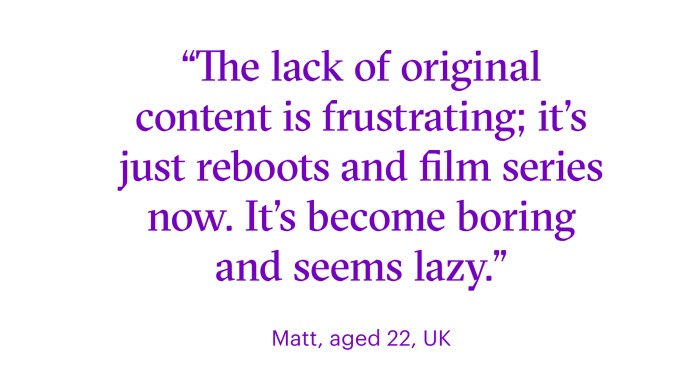
The advent of generative AI adds another layer to this complex narrative. While it threatens to inundate the creative sphere with a deluge of content, it also presents an opportunity for human creativity to shine. The challenge lies in leveraging technology as a co-creator rather than a replacement, ensuring that innovation doesn’t succumb to the allure of efficiency.
As customers increasingly seek novelty in a mediocrity-dominated landscape, brands face a critical juncture. The solution lies in infusing offerings with a calibrated blend of familiarity and innovation. While technology democratizes content creation, the true differentiator remains the human touch—talent, dedication, and a commitment to excellence.
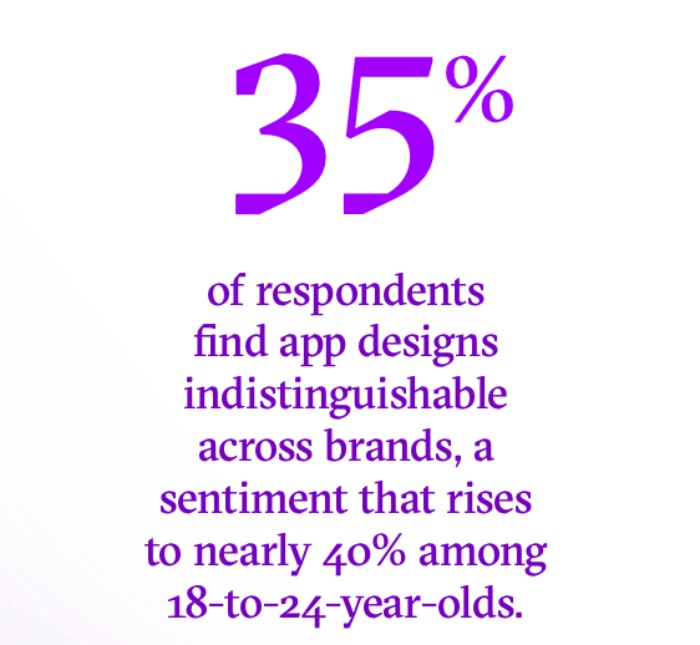
Looking ahead, the rise of generative AI introduces both challenges and possibilities. The needle in the haystack analogy aptly captures the dilemma—more content, yet the same space for exceptionalism. Creatives must embrace technology not as a shortcut but as a tool for amplifying their ideas and speeding up processes, all while maintaining a sharp focus on quality and purpose.
4. Error 429: Human request limit reached
The fourth trend, “Error 429: Human request limit reached,” delves into the mounting frustration and fatigue experienced by individuals towards technology. It advocates for businesses to actively contribute to solutions by comprehending user needs and reinstating a sense of agency.
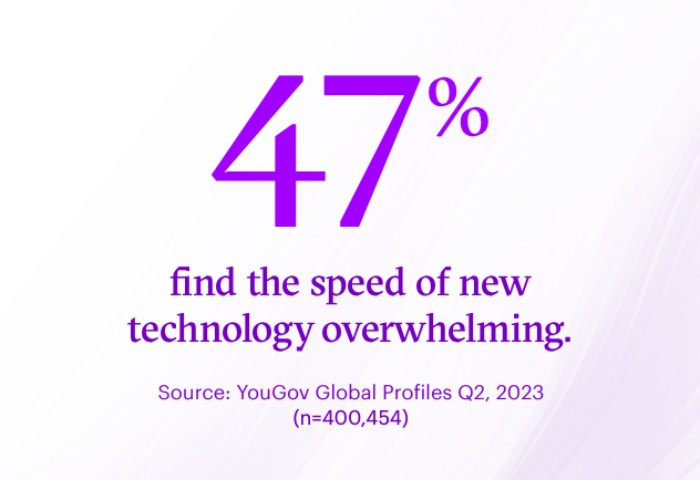
At the crossroads of humanity and technology, a pivotal shift is needed. People no longer feel technology is working for them but is happening to them. Moving from compliance to genuine care is imperative for positive well-being as the tech industry progresses.
While digital technology brings benefits, it also raises concerns due to its demands and rapid advancements. A rising unease suggests technology is dictating lives, raising questions about the balance of benefits and costs.
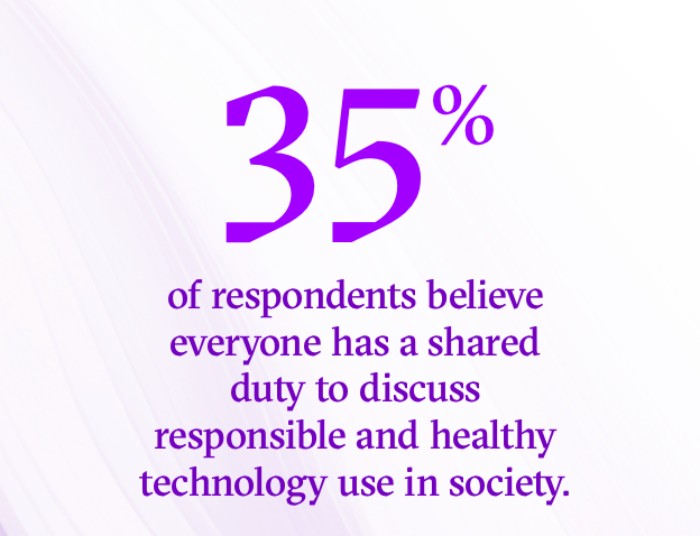
In this transformative period, where technology shapes our lives, anxieties about job security and loss of control persist. Issues like loneliness and trust erosion in institutions amplify the call for control in the face of evolving technology. The crucial question emerges: Can a harmonious relationship be maintained amid unstoppable technological advancements?
Responsibility extends beyond individuals to corporations and regulators. The European Union’s strict regulations and the push for increased digital literacy acknowledge the need for change. Technology ideally should enhance life, address societal challenges, and provide informed choices.
Facing technological challenges, responsibility must be a collective effort. Governments, tech giants, and regulators must invest in digital literacy and collaboratively chart action plans. It’s time to shift from indiscriminately piling on new technologies to a thoughtful integration that respects individuals’ time and agency.
Businesses must recognize the growing demand for control over the tech relationship. Those fostering conversations on how technology can be a supportive force will emerge as trusted partners. The trajectory of humanity’s relationship with technology hinges on these pivotal decisions in the years to come.
5. Decade of deconstruction
The fifth trend, “Decade of deconstruction,” explores the paradigm shift in traditional life paths due to emerging limitations, necessities, and opportunities. As individuals reassess life choices, demographics transform, compelling brands to realign with evolving consumer behavior. The report underscores businesses’ need to synchronize with shifting consumer perspectives, emphasizing a life-centric approach and adaptability.
Life paths are changing in a rapidly evolving world, challenging traditional success templates. Education, career, marriage, and homeownership are no longer following a clear-cut pattern. The decade of deconstruction prompts people to question norms and create unique paths.
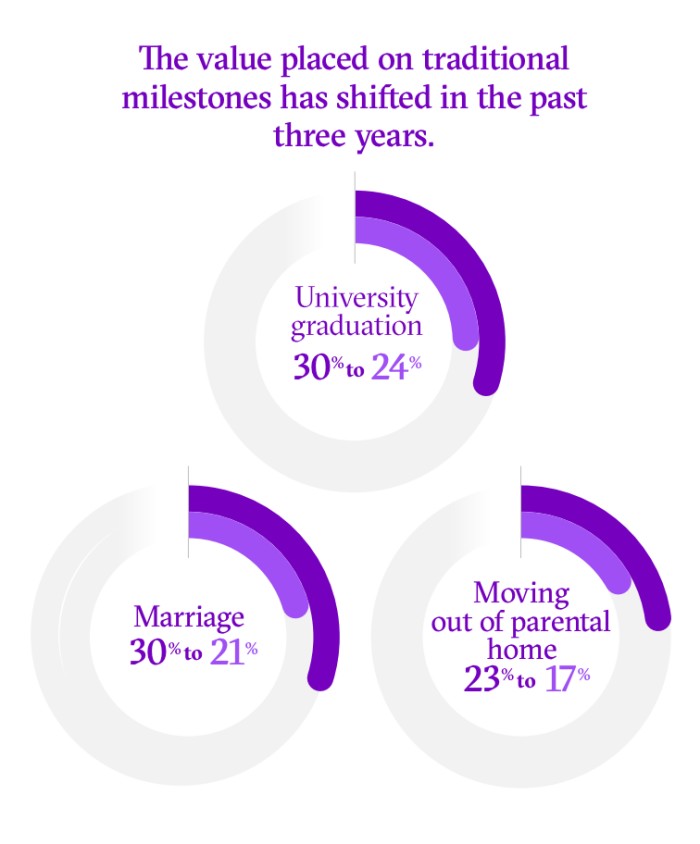
This shift is evident in education and personal milestones. Generative AI and increased education accessibility challenge the traditional value of a degree. Norms around buying a home, getting married, and having children are reconsidered due to rising costs and changing priorities.
Financial challenges complicate decisions, with concerns about inflation impacting family planning. The concept of retirement evolves with longer life expectancies and stagnant wages. Weaknesses in societal safety nets, climate change concerns, and a focus on mental well-being redefine goals.
Individuals adopt flexible approaches, challenging brands to understand evolving needs. Brands must adapt, offering solutions aligned with the changing definition of success. A life-centric approach is crucial for seamless experiences in unique paths. As demographics shift, technology plays a key role in supporting new lifestyles.
In this era of deconstruction, brands thriving cater to individual preferences. Personalized offerings aligned with unique journeys are expected. The future belongs to those adapting to change and supporting unconventional goals.Find out more about Accenture’s Life Trends 2024







